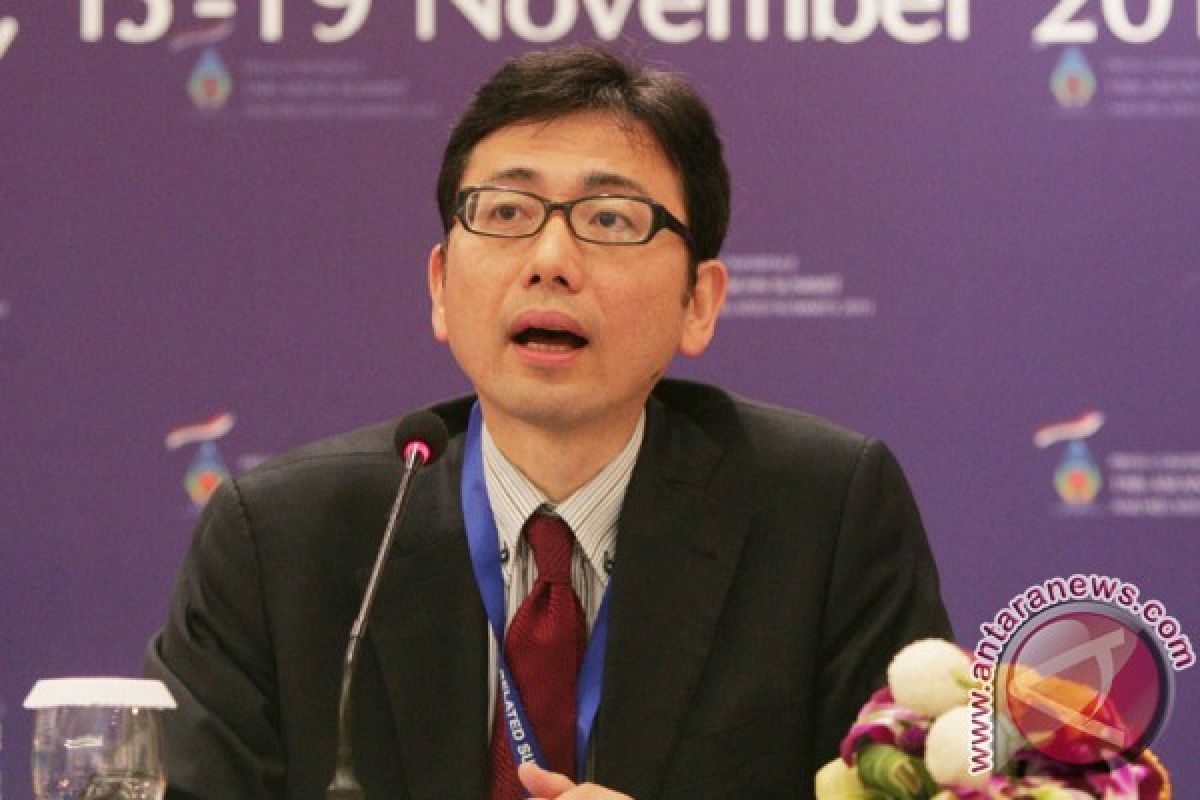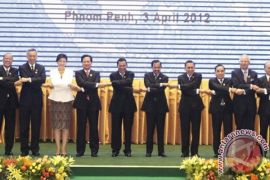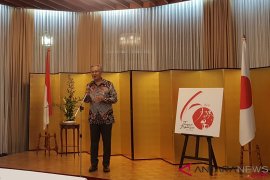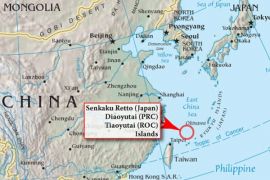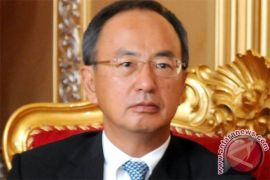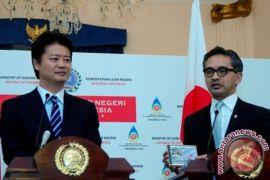The Trans-Pacific Partnership proposal was made at the Asia Pacific Economic Cooperation (APEC) Summit in Honolulu, Hawaii, recently.
"We are currently consulting various parties on the proposed Trans-Pacific Partnership," said Noriyuki Shikata, Japan`s deputy cabinet secretary for public affairs at the prime minister`s office here on Friday.
The TPP is the first trade agreement which US President Barack Obama did not inherit from his predecessor, and it is seen as a means of keeping the US engaged in Asia.
Obama said in Honolulu on Saturday that the outlines of the Trans-Pacific Partnership trade agreement had been developed and was predicted to be approved by the nine APEC members : Australia, Brunei, Chile, Malaysia, New Zealand, Peru, Singapore, the US and Vietnam.
The TPP aims to be a high-quality, 21st century agreement that furthers economic integration in the Asia Pacific, with the current negotiations including Australia, Brunei, Chile, Malaysia, New Zealand, Peru, Singapore, the US and Vietnam.
Noriyuki Shikata realized that more countries including Canada and Mexico have become interested in the partnership that brings free trade missions.
He said Japan had the potentials needed to join the TPP but it had yet to decide whether or not it would do so.
Japan`s decision to start consultations with countries currently negotiating the TPP in order to join negotiations certainly elevates the importance of the initiative.
But Japan`s involvement, and the APEC leaders` statement, does little to resolve the cross currents that confront East Asian regionalism and Asia Pacific economic integration.
Meanwhile Trade Minister Gita Wirjawan said APEC member countries grouped in the TPP actually approached Indonesia to join the forum that agreed on free trade, but the country was not ready to do so.
"Indonesia is not ready to join the Trans-Pacific Partnership," Gita said.
(Uu.O001/HAJM/S012)
Editor: Priyambodo RH
Copyright © ANTARA 2011
